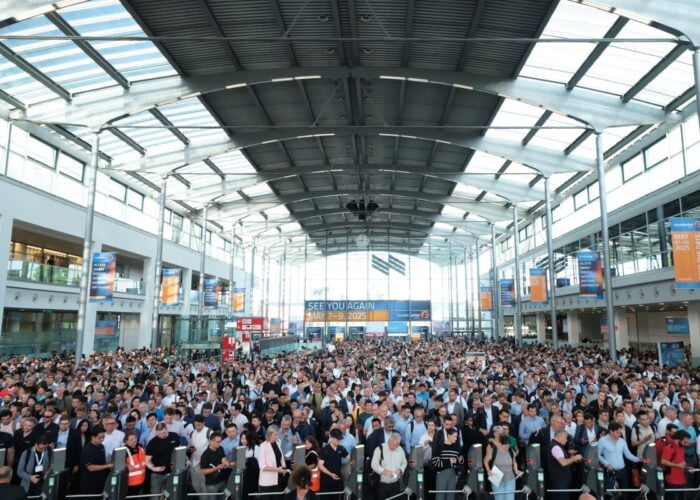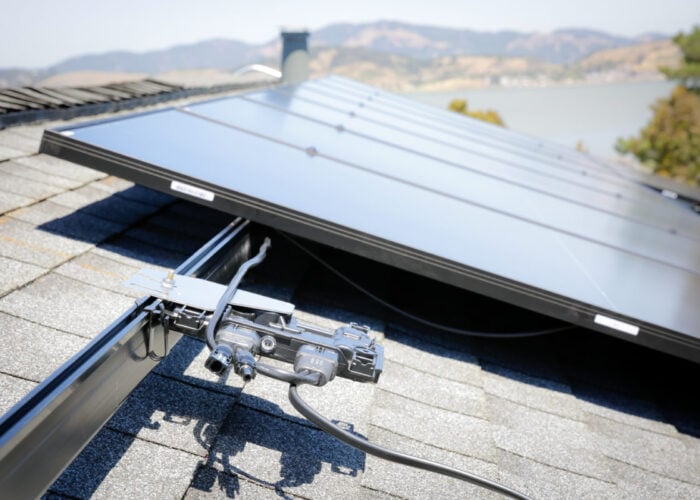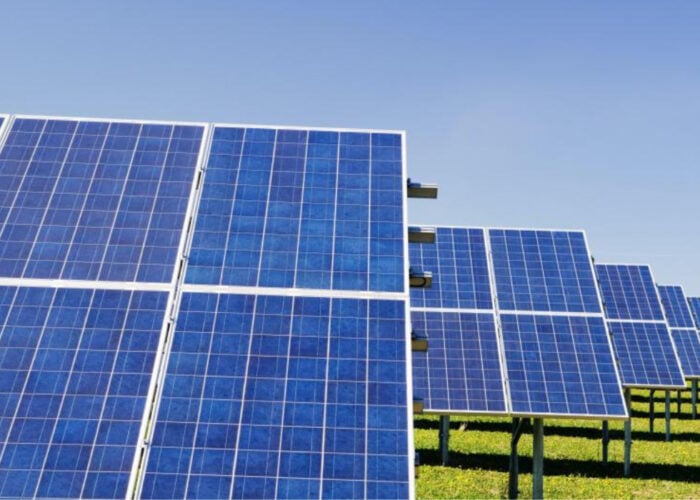In an effort to continue environmental conservation efforts, Linde Gases has announced to its customers the opportunity to diminish their CO2 emissions by a quarter of a million tons this year by switching to on-site generated fluorine (F2) from the more traditional nitrogen trifluoride (NF3).
“Fluorine offers the rare combination of sustainable solar module production and profitability by removing any risk of unabated emissions, reducing non-productive cleaning time and improving throughput,” said Ian Travis, global product manager fluorine for Linde Gases division.
Unlock unlimited access for 12 whole months of distinctive global analysis
Photovoltaics International is now included.
- Regular insight and analysis of the industry’s biggest developments
- In-depth interviews with the industry’s leading figures
- Unlimited digital access to the PV Tech Power journal catalogue
- Unlimited digital access to the Photovoltaics International journal catalogue
- Access to more than 1,000 technical papers
- Discounts on Solar Media’s portfolio of events, in-person and virtual
Or continue reading this article for free
According to Linde, interest in the on-site F2 is growing throughout the electronics industry with LG Display in Korea, benefitting from the parallels between thin-film solar and TFT-LCD display manufacturing, boosting its on-site F2 capacity by 20% in 2009. As a direct result, Linde is investing more into its Inju plant F2 manufacturing infrastructure.
Last year also marked the first time that Linde’s on-site F2 was effectively tested on all major thin-film PV OEM platforms. Malibu and Masdar PV were some of the first companies to announce and implement the on-site F2 as their cleaning gas of choice for the manufacturing of large-scale PV modules.
According to Linde, the on-site F2 is most suitable for locations where import and distributions networks for distinct electronic materials are not as mature as in other regions.







